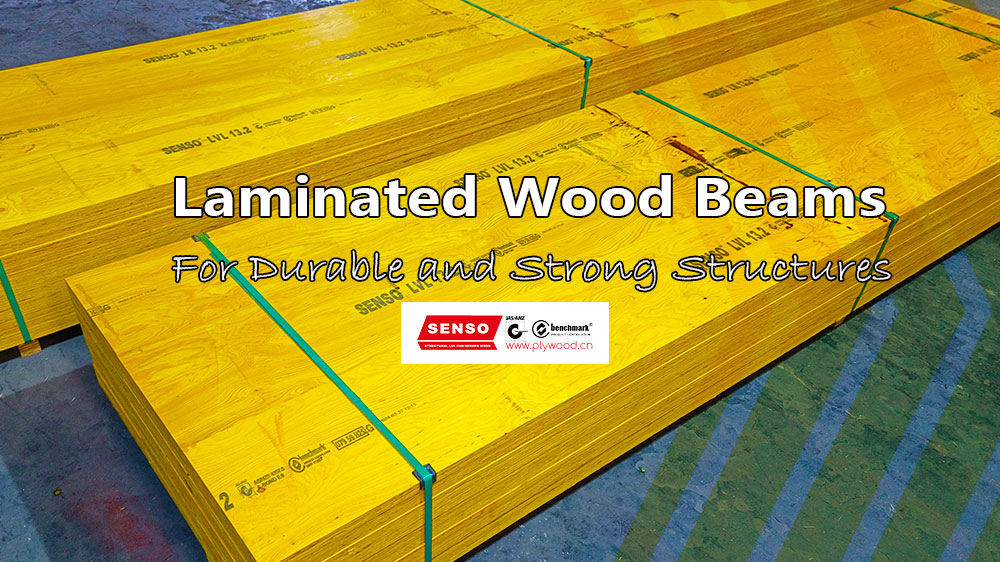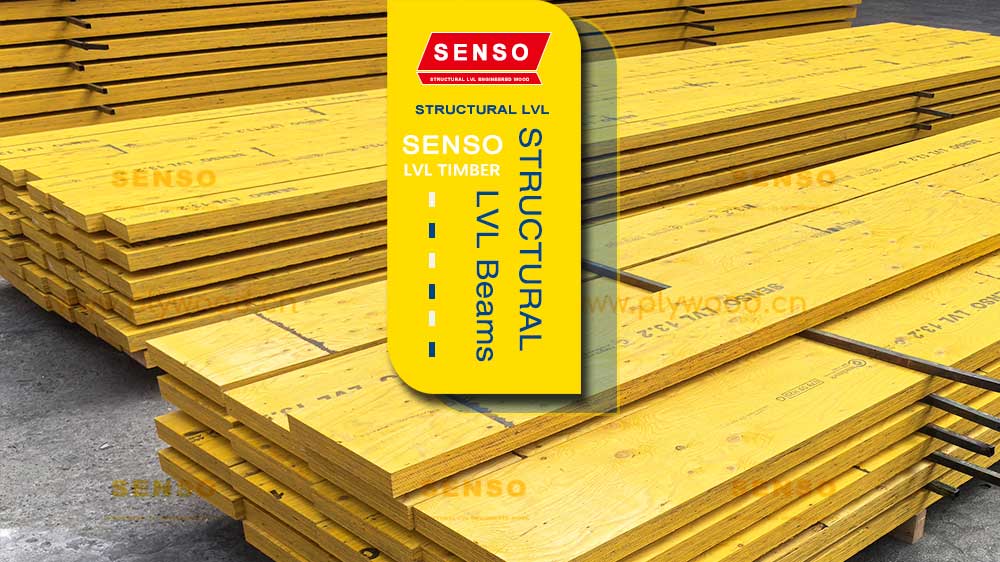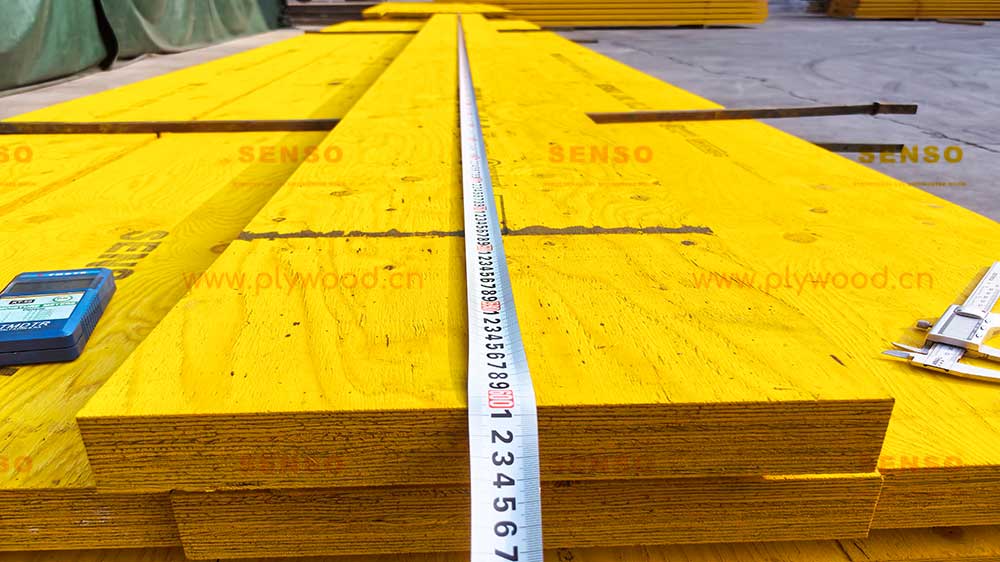Laminated Wood Beams for Durable and Strong Structures
Introduction to Laminated Wood Beams
Laminated wood beams are engineered wooden structures designed for high-strength applications. These beams consist of multiple layers of wood bonded with powerful adhesives. The lamination process significantly enhances their strength and durability. Laminated wood beam are commonly used in residential, commercial, and industrial construction. They provide superior load-bearing capacity and enhanced resistance to warping and shrinking.
Unlike solid timber, laminated wood beams reduce the presence of natural defects. This makes them more stable and reliable for supporting heavy loads. Their flexibility in size, shape, and design makes them ideal for both structural support and aesthetic purposes. Builders often choose laminated wood beam for their versatility, strength, and long-term durability.
Benefits of Laminated Wood Beams
1. Exceptional Strength and Stability
Laminated wood beams provide enhanced strength compared to traditional timber. The layering process eliminates weak points commonly found in solid wood. This uniformity ensures reliable performance under heavy loads. Laminated veneer lumber (LVL) beams are especially known for their ability to span long distances without compromising strength.
2. Laminated Wood Beams High Load-Bearing Capacity
Due to their engineered design, laminated wood beams evenly distribute weight across their structure. This allows them to carry significant loads without sagging or bending. Glulam beams, in particular, are ideal for supporting roofs, ceilings, and open-concept designs.
3. Superior Resistance to Warping
Natural timber often experiences warping, shrinking, or cracking due to changes in temperature and humidity. Laminated wood beam minimize these issues through precision engineering. This enhanced stability ensures the beams maintain their shape and strength over time.
4. Laminated Wood Beams Design Flexibility
Laminated wood beams offer architects and designers flexibility in creating custom structures. Their adaptable design makes them suitable for curved beams, wide spans, and exposed structural elements.
5. Sustainability and Eco-Friendliness
Laminated wood beam utilize smaller wood sections that are glued together, maximizing material efficiency. This minimizes waste and encourages sustainable timber practices. Many manufacturers source timber from responsibly managed forests.
Types of Laminated Wood Beams
1. Glulam Beams
Glulam beams are created by bonding multiple layers of wood in parallel alignment. This method produces beams with exceptional strength, making them suitable for both structural and decorative elements. Glulam beams are often used for exposed ceiling designs, vaulted roofs, and bridges.
2. Laminated Veneer Lumber (LVL) Beams
LVL beams are made from thin wood veneers bonded together. This construction method ensures superior strength and consistency throughout the beam. LVL beams excel in applications requiring long, straight spans with minimal flex.
3. Parallel Strand Lumber (PSL)
PSL beams consist of long, thin wood strands glued together under intense pressure. These beams offer remarkable load-bearing capacity and are commonly used for headers, columns, and beams in large structures.
4. Cross-Laminated Timber (CLT)
CLT panels are composed of multiple wood layers arranged crosswise to improve strength. They are ideal for walls, floors, and ceilings in residential and commercial buildings.
Applications of Laminated Wood Beams
1. Residential Construction
Laminated wood beams are widely used in homes for structural support. They reinforce ceilings, roofs, and load-bearing walls. Homeowners seeking open-concept designs rely on these beams for stability.
2. Commercial Projects
Commercial spaces often feature large open areas that require strong structural support. Laminated wood beam provide the strength necessary to support expansive ceilings and glass walls in modern building designs.
3. Laminated Wood Beams Industrial Construction
Warehouses and factories benefit from laminated wood beam due to their ability to span large distances. These beams provide essential support for overhead structures in high-traffic environments.
4. Laminated Wood Beams Outdoor Structures
Pergolas, decks, and bridges are popular outdoor applications for laminated wood beam. Their resistance to weather and environmental damage ensures long-term durability.
Comparing Laminated Wood Beams vs. Traditional Timber
|
Feature |
Laminated Wood Beams |
Traditional Timber |
|
Strength |
Superior strength and reliability |
Natural defects reduce strength |
|
Load-Bearing Capacity |
Supports heavier loads over longer spans |
Requires thicker timber for similar strength |
|
Durability |
Resistant to warping and shrinking |
Prone to environmental wear |
|
Design Flexibility |
Customizable shapes and sizes |
Limited structural options |
|
Eco-Friendly |
Efficient use of timber resources |
Uses larger quantities of raw wood |
Choosing the Right Laminated Wood Beam
1. Assess Load Requirements
Different projects require specific load capacities. LVL beams are best for horizontal support, while glulam beams excel in vertical applications.
2. Environmental Conditions
Outdoor structures require moisture-resistant laminated wood beams. Choosing treated beams ensures better performance in damp or humid conditions.
3. Aesthetic Considerations
Exposed laminated wood beam often enhance interior and exterior designs. Glulam beams, in particular, provide a refined appearance.
4. Budget Considerations
While laminated wood beam may have a higher upfront cost, their durability reduces maintenance expenses over time.
Installation and Maintenance Tips
1. Proper Installation Techniques
- Follow manufacturer instructions during installation.
- Use appropriate fasteners and ensure secure connections.
- Align beams correctly to maximize load distribution.
2. Maintenance Guidelines
- Regularly inspect laminated wood beams for signs of damage.
- Clean surfaces to prevent dust buildup.
- Apply protective coatings to exposed beams for added durability.
Common Mistakes to Avoid
1. Overlooking Load Requirements
Choosing beams without proper load calculations may result in structural instability. Consulting with an engineer helps ensure accurate sizing.
2. Improper Fastening
Inadequate fasteners can weaken laminated wood beams. Use manufacturer-recommended screws or bolts to maintain stability.
3. Neglecting Environmental Protection
Failing to treat laminated wood beam for outdoor use may lead to premature wear and damage.
Laminated Wood Beams in Sustainable Construction
Laminated wood beam contribute to environmentally responsible building practices. Their efficient use of timber reduces waste, while sustainable sourcing minimizes environmental impact. Builders seeking eco-friendly alternatives often prefer laminated wood beam for their minimal carbon footprint and renewable resource benefits.
Final Thoughts on Laminated Wood Beams
Laminated wood beams are essential for builders seeking durable, reliable, and flexible structural components. Their engineered design ensures exceptional strength, while resistance to warping and shrinking guarantees long-term stability. By choosing laminated wood beam, builders can achieve both aesthetic appeal and structural integrity in residential, commercial, and industrial projects.
Laminated wood beam combine durability, versatility, and sustainability, making them an excellent choice for modern construction. Whether supporting open-concept spaces, enhancing outdoor structures, or reinforcing ceilings, laminated wood beams deliver superior performance.
If you’d like further insights on laminated wood beam or tips for selecting the right type for your project, continue reading for expert recommendations and best practices.
(Continue Generating…)
Advanced Design Applications for Laminated Wood Beams
Laminated wood beams are highly versatile and support creative design in modern architecture. Their engineered structure allows designers to create innovative shapes and sizes, providing both strength and visual appeal.
1. Curved Beams for Modern Architecture
Curved laminated wood beam provide excellent design flexibility. These beams are commonly used in stadiums, auditoriums, and atriums where architectural expression is key. The strength of laminated wood beam ensures these curved structures maintain stability without compromising design.
2. Vaulted Ceilings
Vaulted ceilings add grandeur and openness to spaces. Laminated wood beam provide the strength to support such expansive designs. Glulam beams are especially popular in vaulted ceiling structures for their aesthetic appeal and durability.
3. Exposed Beam Designs
Exposed laminated wood beams are favored for adding warmth and elegance to interiors. Their refined appearance enhances both traditional and modern spaces.
4. Outdoor Pavilions and Deck Structures
Outdoor structures benefit from laminated wood beam due to their weather-resistant properties. Coated or pressure-treated laminated wood beam ensure longevity in environments exposed to rain, sunlight, and temperature fluctuations.
Fire Resistance and Safety of Laminated Wood Beams
1. Natural Fire Resistance
Laminated wood beams have a natural fire resistance advantage due to their solid mass. When exposed to fire, laminated wood beam char on the outer surface, forming a protective layer that insulates the interior wood.
2. Enhanced Fire Retardant Coatings
To improve fire resistance, manufacturers often apply specialized coatings. These coatings slow flame spread and reduce the risk of combustion.
3. Compliance with Fire Codes
Many laminated wood beams meet rigorous fire code standards. In commercial and residential buildings, laminated wood beam provide structural safety without compromising design.
Environmental Impact and Sustainability
Laminated wood beams promote sustainable building practices. The efficient use of timber ensures minimal waste. Additionally, many manufacturers source wood from forests certified by environmental organizations.
1. Reduced Carbon Footprint
Laminated wood beam store carbon throughout their lifespan, contributing to reduced greenhouse gas emissions. This makes them an eco-friendly alternative to traditional concrete or steel.
2. Sustainable Forestry Practices
Reputable manufacturers follow sustainable logging practices, ensuring responsible forest management and preserving ecosystems.
3. Energy Efficiency in Production
Compared to steel or concrete, laminated wood beam require less energy to manufacture. This lower energy demand contributes to their environmental advantages.
Cost Considerations for Laminated Wood Beams
Laminated wood beam balance cost-effectiveness with performance. Although they may have a higher initial cost than solid timber, their durability and longevity offer savings over time.
1. Initial Investment
The upfront cost of laminated wood beam is influenced by the type of wood, beam size, and load requirements. However, this cost is offset by reduced maintenance and replacement needs.
2. Long-Term Savings
Laminated wood beams require minimal upkeep. Their durability reduces the need for frequent repairs or replacements.
3. Value in Large Projects
In projects requiring extensive load-bearing capacity, laminated wood beam provide superior strength while using fewer materials.
Laminated Wood Beam Maintenance Best Practices
Proper maintenance extends the lifespan of laminated wood beams. Follow these maintenance tips to ensure lasting performance:
1. Regular Inspections
- Inspect beams annually for cracks, warping, or signs of moisture damage.
- Check fasteners to ensure they remain secure.
2. Cleaning and Surface Care
- Use mild cleaners to remove dust and grime.
- Avoid harsh chemicals that may damage the beam’s protective coatings.
3. Protective Coatings
- Reapply protective finishes every few years for added resistance against moisture and UV rays.
- In outdoor environments, use sealants designed for wood protection.
Laminated Wood Beams in Historic and Restoration Projects
Laminated wood beam play a key role in preserving historical structures. Builders use them to reinforce aged buildings without compromising the original aesthetic.
1. Laminated Wood Beams Structural Reinforcement
In restoration projects, laminated wood beam offer superior strength while preserving the original architecture.
2. Architectural Compatibility
Laminated wood beam can be customized to match historical wood patterns, ensuring consistency in design.
3. Sustainable Restoration
By incorporating laminated wood beams into restoration work, builders reduce the need for excessive raw materials.
Innovative Trends in Laminated Wood Beam Design
1. Hybrid Construction
Combining laminated wood beam with steel components is gaining popularity. This hybrid approach enhances strength while maintaining the natural appeal of wood.
2. Prefabricated Laminated Wood Beams
Prefabricated laminated wood beam simplify installation and reduce labor costs. These pre-measured beams arrive ready for installation, reducing construction time.
3. Smart Coating Technology
Advancements in protective coatings now include sensors that detect environmental stress. These coatings alert maintenance teams to potential risks, ensuring proactive maintenance.
How to Source Quality Laminated Wood Beams
Choosing the right supplier ensures optimal quality and performance. Follow these tips for sourcing laminated wood beams:
1. Verify Certification
Look for suppliers that adhere to industry standards like ANSI, APA, or CE certification.
2. Evaluate Timber Source
Opt for beams sourced from sustainable forests. This guarantees environmental responsibility while ensuring wood quality.
3. Assess Supplier Reputation
Work with reputable suppliers known for consistent quality and customer support.
Final Considerations When Choosing Laminated Wood Beams
Selecting the right laminated wood beam requires careful evaluation of project requirements. Consider load capacity, environmental conditions, and design needs. Laminated wood beam provide long-term value, improving structural stability while enhancing aesthetic appeal.
For builders seeking durable, eco-friendly materials, laminated wood beam offer unmatched benefits. Whether for residential, commercial, or outdoor projects, laminated wood beam provide a versatile solution for modern construction needs.
By understanding the key properties, applications, and maintenance requirements, you can make informed decisions that ensure project success. Laminated wood beams are a reliable investment for architects, engineers, and homeowners seeking superior strength and design flexibility.
Post time: Mar-22-2025




